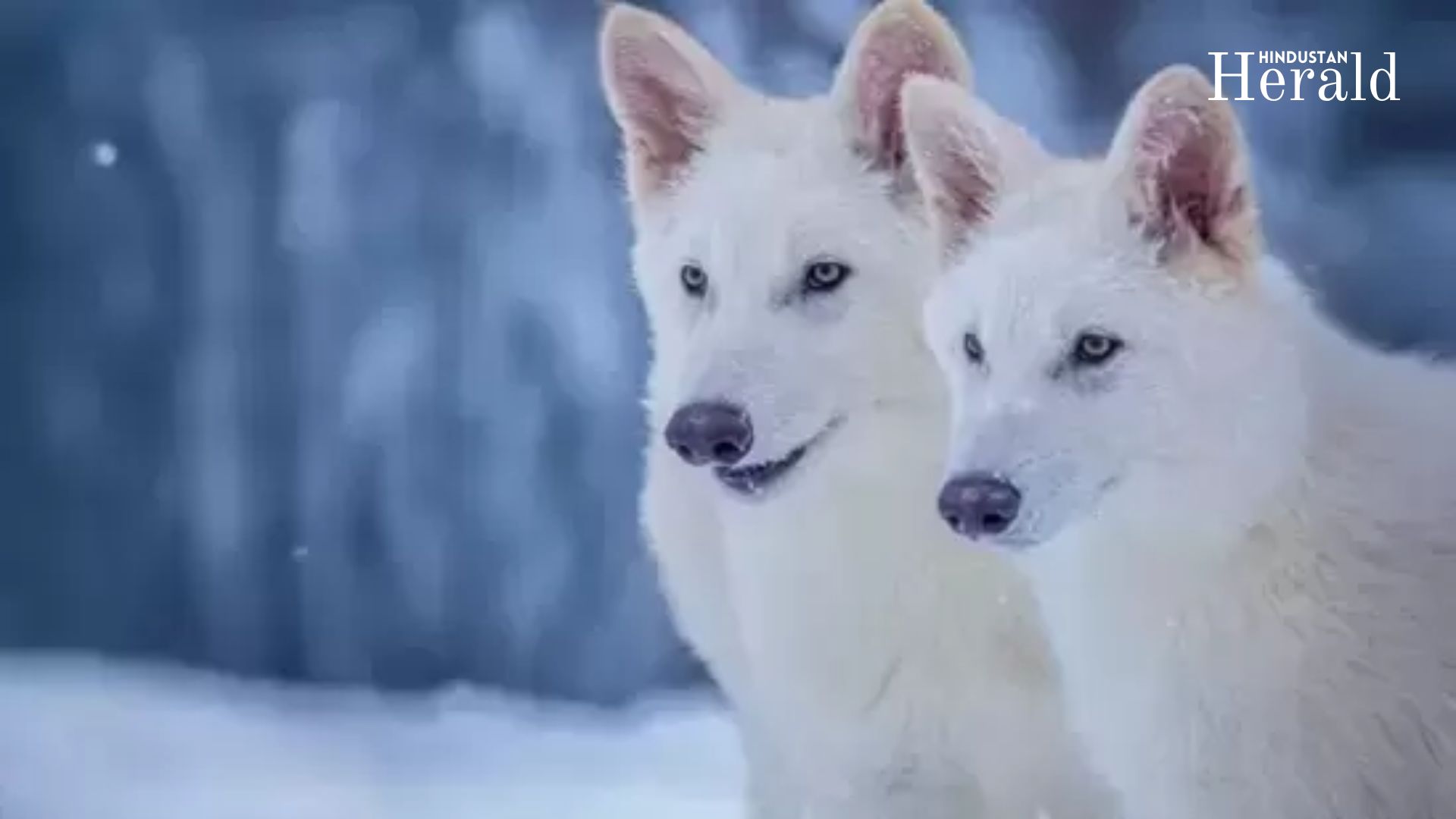Scientists Successfully Clone Extinct Dire Wolves in Historic Genetic Breakthrough

Table of Contents
Texas, April 7, 2025 – In a scientific breakthrough that could redefine the boundaries of conservation and genetics, Colossal Biosciences has officially achieved the world’s first successful de-extinction of an extinct species—the dire wolf.
The Texas-based startup announced the birth of three genetically engineered dire wolf puppies, reviving a species that went extinct over 12,500 years ago. These pups—named Romulus, Remus, and Khaleesi—are being hailed as living testaments to the power of modern genetic science.
A Howl From the Past
SOUND ON. You’re hearing the first howl of a dire wolf in over 10,000 years. Meet Romulus and Remus—the world’s first de-extinct animals, born on October 1, 2024.
— Colossal Biosciences® (@colossal) April 7, 2025
The dire wolf has been extinct for over 10,000 years. These two wolves were brought back from extinction using… pic.twitter.com/wY4rdOVFRH
In a now-viral post on X (formerly Twitter), Colossal shared a chilling moment in scientific history: the first recorded howl of a dire wolf in more than 10,000 years. The video caption read:
“You’re hearing the first howl of a dire wolf in over 10,000 years. Meet Romulus and Remus—the world’s first de-extinct animals, born on October 1, 2024.”
The company stated that this success is not only historic but also a “critical step on the pathway to the de-extinction of other target species.”
Colossal’s Expanding De-Extinction Mission
Founded in 2021 by entrepreneur Ben Lamm and world-renowned geneticist George Church from Harvard Medical School, Colossal Biosciences initially made headlines with its bold mission to resurrect the woolly mammoth.
Over time, the company’s ambitions expanded to include Australia’s thylacine (Tasmanian tiger) and the dodo, with the dire wolf project now marking the first tangible success in its growing list of de-extinction targets.
Colossal’s approach utilized cutting-edge DNA sequencing and cloning techniques. According to the press release, scientists extracted viable DNA from a 13,000-year-old tooth and a 72,000-year-old skull, then used surrogate modern wolves to birth the pups.
More Than Just Dire Wolves: Red Wolf Conservation Too
In addition to their headline-making dire wolves, Colossal also revealed progress in saving another critically endangered species—the red wolf.
Using what they described as an “innovative non-invasive blood cloning technique,” the company successfully cloned two litters of red wolves. These include:
- Hope (female)
- Blaze, Cinder, and Ash (three males)
This move is particularly significant, as red wolves are currently considered the most endangered canid species on the planet, with fewer than two dozen individuals remaining in the wild.
Ben Lamm on the Breakthrough
Colossal CEO Ben Lamm expressed awe at what his team has achieved:
“I could not be more proud of the team. This massive milestone is the first of many coming examples demonstrating that our end-to-end de-extinction technology stack works. Our team took DNA from a 13,000-year-old tooth and a 72,000-year-old skull and made healthy dire wolf puppies.”
He added, quoting Arthur C. Clarke:
“It was once said, ‘any sufficiently advanced technology is indistinguishable from magic.’ Today, our team gets to unveil some of the magic they are working on and its broader impact on conservation.”
From Game of Thrones to Genetic Reality
The dire wolf became a pop-culture icon thanks to its appearance in HBO’s Game of Thrones, where the Stark family’s loyal companions were portrayed as mythical, oversized canines with fierce loyalty and terrifying presence.
Though fictionalized in the series, the real Canis dirus, or dire wolf, was once a formidable predator roaming prehistoric North America. Larger and more robust than today’s gray wolves, dire wolves hunted mammoths, bison, and giant sloths during the Pleistocene era.
Colossal’s choice to resurrect the dire wolf first taps into a deep public fascination, bridging ancient wildlife, cultural relevance, and conservation.
What’s Next: The Road Ahead for De-Extinction
Colossal’s de-extinction platform now faces an ambitious roadmap. With the dire wolf success now proven, the company says it will accelerate work on other target species:
- Woolly Mammoth: Seen as a key to restoring Arctic permafrost ecosystems
- Thylacine (Tasmanian Tiger): Symbolic of Australia’s vanished wildlife
- Dodo: The emblem of human-driven extinction in Mauritius
While de-extinction remains controversial among some conservationists, Colossal argues that its technology also enables genetic rescue, helping save modern endangered species through genetic diversity restoration, disease resistance, and population growth.
A New Era for Conservation?
This successful de-extinction of the dire wolf is more than a scientific feat—it marks the dawn of a new paradigm in biodiversity preservation, combining cutting-edge genetics with a conservationist ethos.
What was once the stuff of science fiction has now taken its first steps into the real world. As Romulus, Remus, and Khaleesi grow under close scientific supervision, they also carry the hopes and questions of a world grappling with the future of life, technology, and nature.
The Hindustan Herald Is Your Source For The Latest In Business, Entertainment, Lifestyle, Breaking News, And Other News. Please Follow Us On Facebook, Instagram, Twitter, And LinkedIn To Receive Instantaneous Updates. Also Don’t Forget To Subscribe Our Telegram Channel @hindustanherald








